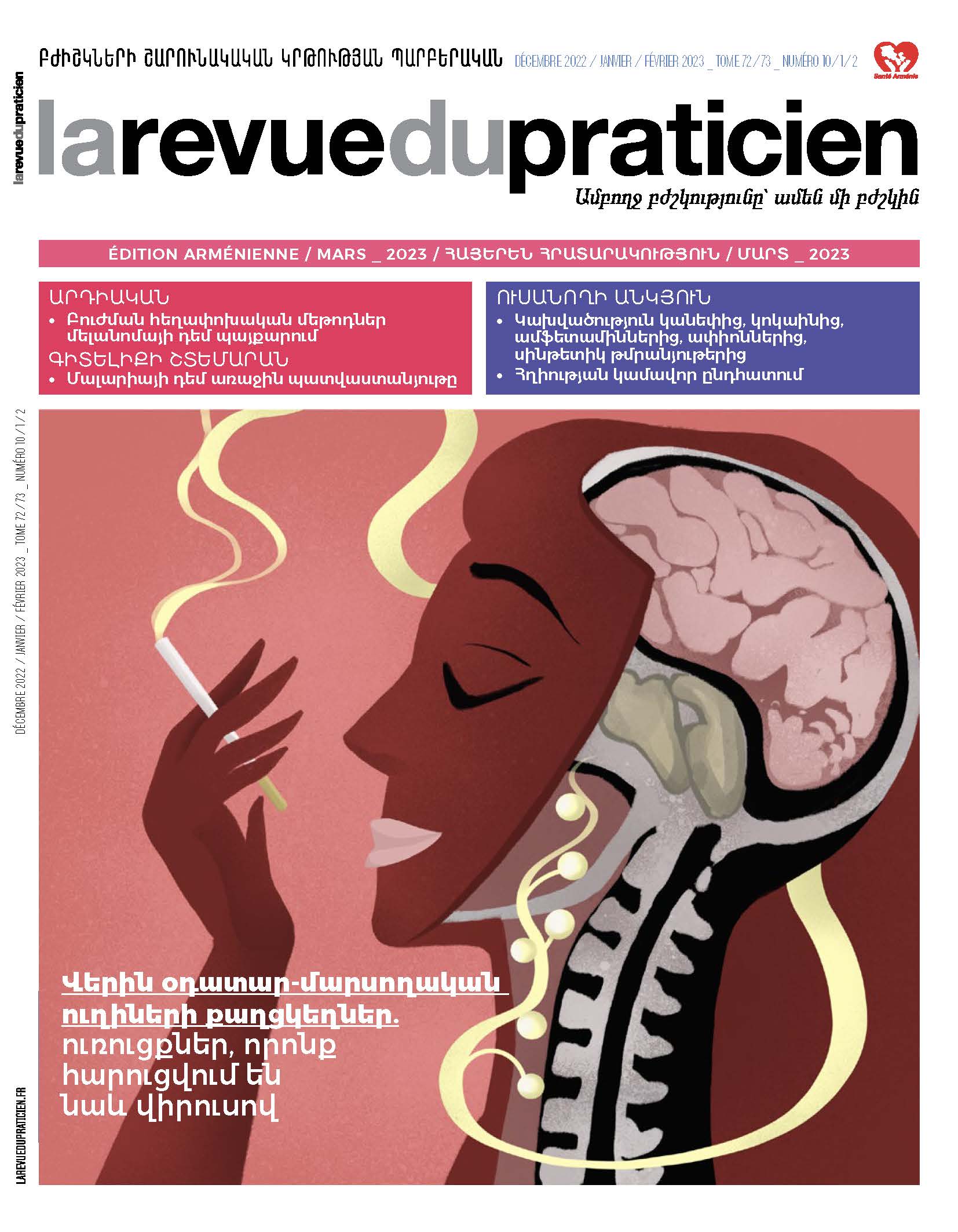Վերին օդատար-մարսողական ուղիների քաղցկեղի գնահատում պատկերային հետազոտությամբ և ախտորոշում կողմնորոշիչ հետազոտություններով 24
Anne-Laure Gaultier, Guillaume Reverdito, Aurélien Saltel-Fulero.Ամփոփագիր
Վերին օդատար-մարսողական ուղիներն (ՎՕՄՈՒ) ունեն բարդ անատոմիական կառուցվածք, կլինիկական հետազոտության համար հասանելի են մասնակիորեն, սակայն պահանջում են պատկերային հետազոտության մանրամասն վերլուծություն որոշումների կայացման և բուժման պլանավորման համար։ Ճառագայթաբանի՝ պատկերները մեկնաբանելու որակը պայմանավորված է բուժող բժշկի տրամադրված տվյալներից։ Բացի ուռուցքի տեղակայումից և ձևակազմաբանությունից, պատկերային հետազոտությունը տեղեկություն է հաղորդում ախտահարման խորքային տարածման վերաբերյալ, մասնավորապես՝ հարնյարդային, ներգանգային, ակնակապիճային, խոր պարանոցային և ստորինձայնալարային, որոնք հաճախ թերագնահատվում են կլինիկական հետազոտության ժամանակ։ Ճառագայթաբանների և կլինիկական բժիշկների սերտ համագործակցությունը նպաստում է հիվանդի ուռուցքային ախտահարման ավելի լավ բուժմանը:
Հիմնաբառեր.
գլխի և պարանոցի նորագոյացություններ:
